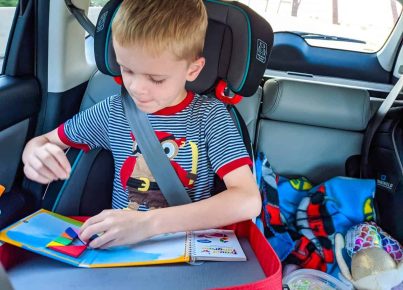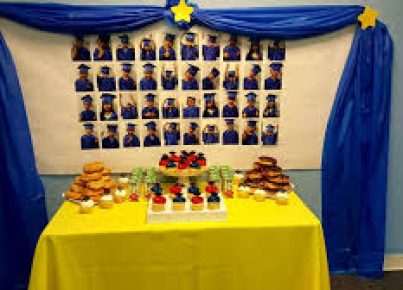Are you looking for ways to help kids develop a habit of finishing what they start? If so, keep reading.
1. Give the learner established time limits before a learning experience begins.
2. Support the learner in performing their duties. As the learner shows success in performing duties, slowly decrease assistance and require the learner to independently assume more responsibility.
3. Be clear when giving instructions to transition from one learning experience to the next.
4. Draft an agreement with the learner stipulating what behavior is required (e.g., putting learning materials away and getting ready for another learning experience) and which reinforcement will be implemented when the agreement has been met.
5. Select a peer to model finishing a learning experience and putting learning materials away for the learner.
6. Give the learner more than enough time to finish a learning experience. As the learner shows success, decrease the amount of time given to finish a learning experience.
7. Establish time limits so that the learner knows how long they have to work and when they must be finished.
8. Give sufficient transition time for the learner to finish a learning experience and get ready for the next learning experience.
9. Utilize a timer to help the learner know when it is time to change to a new learning experience.
10. Teach time-management skills. Get the learner to make a daily plan and follow it. Urge the learner to avoid becoming distracted by activities, impulses, and moods.
11. Talk about the learner’s duties at the beginning of each class period so they know what is expected.
12. Restrict the learner’s use of those things they have been irresponsible in putting away, returning, etc.
13. Show the learner when they do not put things away, what they are doing wrong, what they are supposed to be doing, and why.
14. Make sure that duties given to the learner are appropriate for their level of development and capacity and ability.
15. Use a signal method (e.g., turning the lights off and on) to warn that the end of a learning experience is near, and it is time to finish and put learning materials away.
16. Be firm, fair, and consistent, expecting the learner to change from one learning experience to another (e.g., do not let the learner change learning activities without putting learning materials away one time and not the next).
17. Give an incentive statement along with an instruction (e.g., “You may listen to your CD player after you finish your task and put away all learning materials. ”).
18. Assess the appropriateness of the task to ascertain (a) if the task is too easy, (b) if the task is too complicated, and (c) if the duration of time scheduled to finish the task is sufficient.
19. Consider using assistive technology designed to help students to attention deficit hyperactivity disorder concentrate. Click here to view list of assistive technology apps that we recommend.




